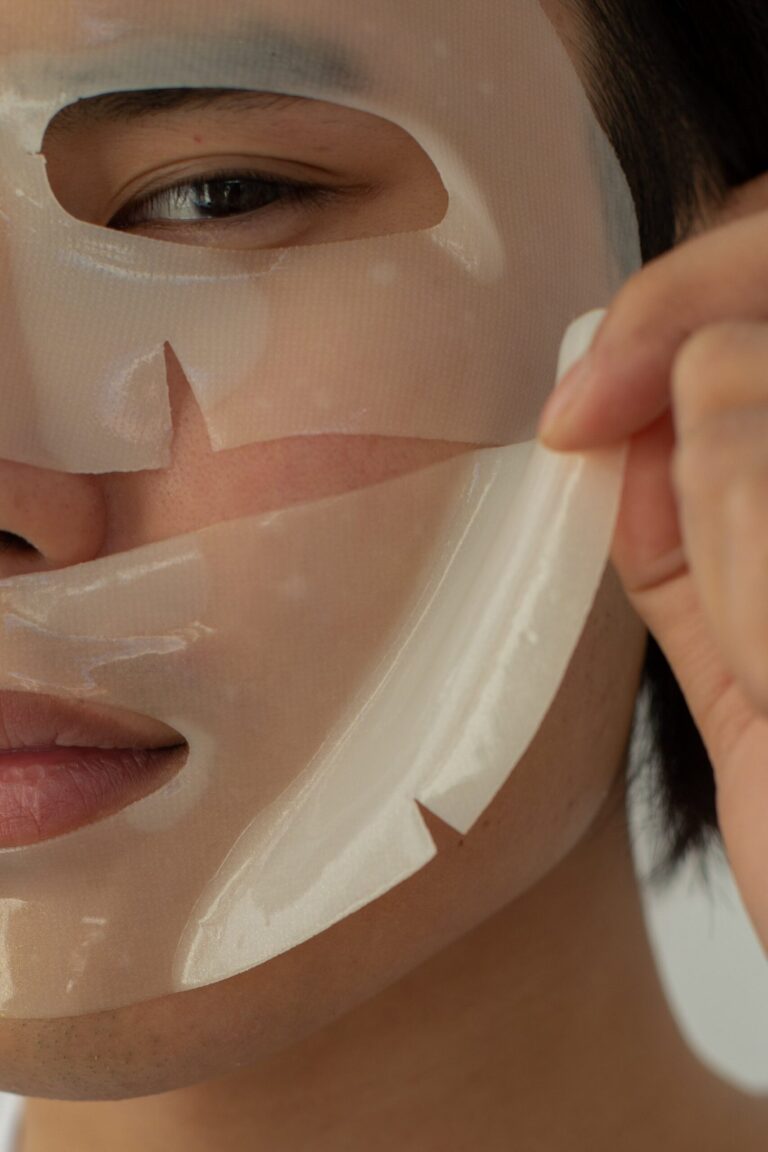Have you ever heard of dry brushing? It’s a simple yet potentially powerful technique that can leave your skin glowing. But does dry brushing really work, and if so, how do you do it right? Let’s find out together.

Explore our
Shop
and discover digital products that support you on your journey to your next-level self.
What is Dry Brushing?
Dry brushing, or skin brushing, is a time-honored technique widely used in the beauty and wellness industries. This method uses a dry brush with firm bristles to gently exfoliate the body, removing the top layer of dead skin cells and boosting circulation.
The rising popularity of dry brushing stems from its various benefits. Beyond improving overall skin texture by removing dead skin cells, dry brushing vitalizes the lymphatic system. It also promotes improved body awareness and serves as a moment of calm and mindfulness in our often hectic daily routines.
As dry brushing only requires a brush and a few minutes of your time, it’s a simple and cost-effective way to enhance your overall well-being and improve skin care. In addition, it’s a natural, chemical-free alternative to many industrially manufactured beauty products. For these reasons, dry brushing remains incredibly popular.
The Benefits of Dry Brushing
During dry brushing, the mechanical stimulation from the brush’s bristles creates various beneficial effects on the skin and overall health. It serves as a daily skin care practice and offers a range of unexpected benefits for your skin and well-being.
First, it is an excellent mechanical exfoliant that removes dead skin cells, smooths the skin, and refines skin texture. With regular use, dry brushing can contribute to improved skin appearance.
When done correctly, dry brushing stimulates circulation and thus revitalizes the skin. This additionally leads to improved oxygen supply to cells and can improve the skin’s overall appearance. Furthermore, dry brushing can support lymph flow, helping to eliminate toxins faster and strengthen the immune system.
Another remarkable characteristic of dry brushing is the stimulation of the nervous system. It imparts an invigorating energy and can help relieve stress-related physical complaints. Some practitioners even report sleeping better and feeling generally more relaxed after dry brushing.
Lastly, dry brushing can also help reduce the appearance of cellulite. Even if it’s not a miracle cure for cellulite, many users notice an improvement in skin texture when they use dry brushing regularly.
In summary, dry brushing can offer many health and cosmetic benefits and is a simple, natural method to enhance general well-being and improve skin health.
How to Dry Brush: Step-by-Step Guide
Dry brushing requires a specific process to achieve effective results. This process begins before you start brushing and encompasses different steps:
1. Choosing the Right Brush
Choosing the right brush is essential for effective dry brushing. The brush should have firm, not-too-hard bristles and a long handle to reach hard-to-access areas of the body.
2. Preparing Your Skin
The best time to dry brush is before showering or bathing when your skin is dry. For hygienic reasons, your skin should be clean and free from makeup. You may lightly dampen the skin before brushing to help the brush strokes glide easily and prevent skin irritation.
3. Proper Brushing Technique
Dry brushing should always be done toward the heart to support lymph drainage. Start at your feet and work up to your legs, abdomen, and arms. The brush strokes should be firm but not painful. Brush several times over each body part without causing pain or skin irritation.
4. Finishing with Skincare
A shower or bath is recommended after brushing to remove any loosened skin flakes. Afterwards, moisturizing is a good idea to soothe and nourish the skin.
With these steps, you can effectively integrate dry brushing into your skincare routine and benefit from its many advantages.
Common Mistakes When Dry Brushing
Mistakes can quickly happen during dry brushing. To maximize the technique’s benefits and avoid unwanted side effects, we’ve created a list of common errors and suitable tips to help you get the most out of your experience.
Mistake #1: Brushing too Hard
Dry brushing should promote well-being and revitalize your skin; however, it shouldn’t be painful. If you brush too hard, you can injure and cause lasting damage to your skin.
Tip: Use light pressure and work with gentle, circular movements to boost circulation and remove dead skin cells.
Mistake #2: Dry Brushing After Showering
Dry brushing works best on dry skin, so you should do this technique before showering and not afterwards.
Tip: Schedule dry brushing as the first step in your morning routine to wake and energize your body for the day.
Mistake: Neglecting Certain Body Parts
While some body parts may be easier to reach and brush, this technique can benefit the entire body.
Tip: Make sure to include all areas of the body, including harder-to-reach spots such as the back.
By following these tips, you can ensure that you’re using dry brushing’s benefits in the best way while avoiding any possible negative side effects. Remember that it’s most important to listen to your body’s needs and adjust your dry brushing experience accordingly. With that in mind, Have fun brushing!
Conclusion
The positive effects of dry brushing on the skin and overall well-being are diverse. The advantages range from better circulation and lymph drainage to a noticeable improvement in skin texture. Dry brushing isn’t just simple; it’s also a sustainable method to care for your body. It aims to give you a moment of mindfulness just for yourself.
It’s important to stress that the right technique is crucial in carrying out this skincare routine. Understanding the brushing technique and selecting the right brush is crucial to achieving maximum effectiveness and avoiding possible skin irritation. Therefore, detailed guides and product recommendations are indispensable.
Dry brushing is an effective and affordable method that contributes to the long-term improvement of skin health and overall well-being. It has a cleansing and invigorating effect on both body and mind, making it a valuable addition to your daily routine. The skin brushes presented in the article can help you optimally utilize the dry brushing method and achieve the best results.
In summary, dry brushing can enrich your beauty program. It offers an entirely new way of paying attention to your body and promoting your health. Don’t hesitate to try this wonderful technique and surrender to its multiple benefits.
FAQs
Dry brushing isn’t a new trend; it has a long history. It’s an Ayurvedic cleaning ritual that originates from India. In the Western world, this method has only been popularized by wellness specialists and beauty gurus in the last few decades.
That depends on your skin type. Dry brushing can be used daily but should never irritate or injure your skin. For sensitive skin, brushing every two to three days can be sensible.
Dry brushing can temporarily improve blood flow and thereby reduce the appearance of cellulite. However, it isn’t a substitute for a healthy diet or regular physical activity, both of which can contribute to reducing cellulite.
Dry brushing alone can’t help with weight loss. However, it can boost circulation and stimulate the lymphatic system, which can help remove toxins from the body. This can, on the whole, contribute to increased well-being.
Yes, but you should use a special facial brush that is softer than the body brushes. Caution: The skin on your face is more sensitive than on your body, therefore brushing should be especially gentle and careful.
is your online hub for everything you need on your journey to your best self – inside and out. Discover articles, tips, and resources on personal growth, self-care, productivity, and mindset. For your mindful growth and your next-level self.




